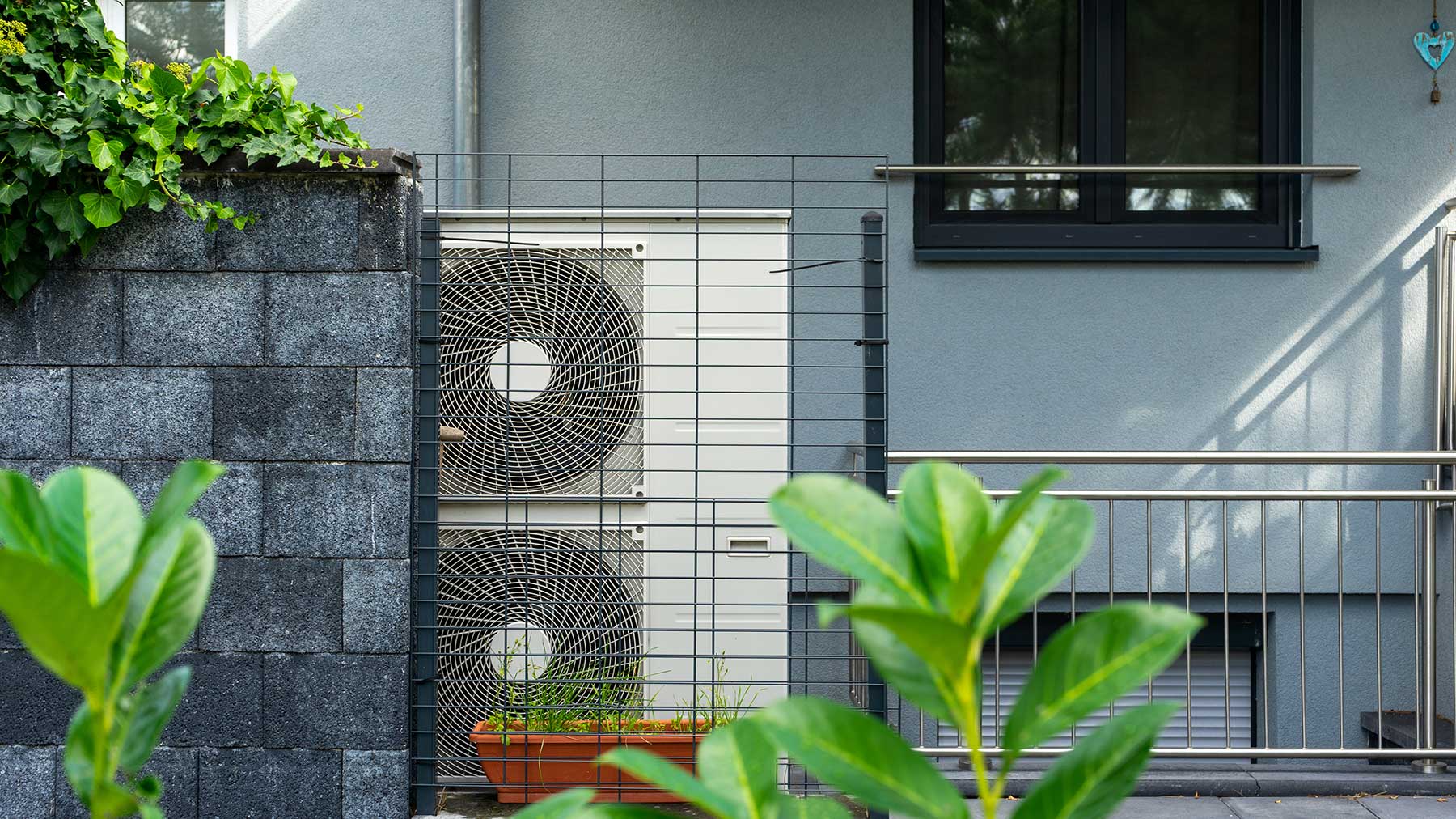
Report | 2024
Tracking the Heat Pump & Water Heater Market in the United States
This data hub spotlights publicly available national HVAC and water heating shipment data from the Air Conditioning, Heating, & Refrigeration Institute (AHRI). Heat pump appliances play a vital role in the clean energy transition and lowering building emissions due to their ability to efficiently provide heating and cooling while replacing the use of onsite fossil fuels. Monthly charts reflect the average of the previous 12 months to remove seasonal variations. This page will be updated every 3 months.
Last updated: September 2025
Tracking Period: July 2024-June 2025

Heat Pumps for Space Heating
Heat pumps have outsold gas furnaces consistently since 2021. In 2024, manufacturers shipped 32% more heat pumps than gas furnaces (4.1M units versus 3.1M units). On a rolling 12-month basis, heat pump shipments are up 1% from twelve months prior.
Heat pumps continued to lead the HVAC industry-wide rebound from a 2023 dip caused by broader economic pressures: heat pump shipments have recovered 70% of the drop in sales between 2022 and 2023 and posted their second-best sales year ever in 2024, whereas gas furnaces have recovered 15% and posted shipments below their 10-year average.
All residential and light commercial air conditioners and heat pumps manufactured after January 1st, 2025 must use A2L refrigerants. This phase-in may have contributed to a surge in heat pump sales in 2024, as manufacturers rushed to ship systems using R-410a refrigerant to distributors and customers. The transition has introduced uncertainty into the HVAC market, with reports of shortages of A2L refrigerants, but heat pumps have outsold gas furnaces in the first half of 2025 by 25%.
Over the past 20 years, annual heat pump sales have increased by 115% whereas gas furnace sales have decreased by 11%.
Heat Pumps for Cooling
Heat pumps are a two-in-one heating and cooling solution. Buyers of cooling equipment typically choose between heat pumps and traditional, one-way air conditioners. Over the past 10 years, heat pumps have raised their market share of residential cooling equipment from 34% to 43%. So far in 2025, heat pumps make up 45% of cooling equipment sales.
Water Heaters
Electric water heaters continue to make up the majority of both residential and commercial water heater shipments, increasing in market share by 1.5% between 2023 and 2024. The water heater market is generally less volatile than the space heating market.
While shipment and market share data is more limited specifically for heat pump water heaters, ENERGY STAR data suggests that heat pump water heaters made up 4% of residential electric water heater sales in 2023. ENERGY STAR data for 2024 will be incorporated in the December 2025 update.
Notes
- The term “sales” in these charts refer to shipments of equipment by manufacturers, which may not perfectly match product sales and installations in a given time period.
- Heat pump sales numbers are based on outdoor condensing units sold. Systems with multiple indoor heads but one outdoor condenser are counted as one unit.
- One-way air conditioning shipments count central units only (for example, they exclude window A/C units).
- Not all HVAC sales become a primary heating system: some homes use multiple heat pumps and/or multiple furnaces. EIA RECS data from 2015–202 suggests that 35% of heat pump sales replace an existing system, 41% become a new primary heating system, and 24% become a secondary heating system.
- Market share refers to the share of equipment in terms of annual shipments.
- The water heater market trends compare electric to gas water heaters, as data on heat pump water heaters is unavailable on a quarterly basis.
- These graphics are based on AHRI shipment data, which may not capture commercial space heating systems. We did not include less common fuel types including electric resistance, propane, wood, and gas boiler systems.
